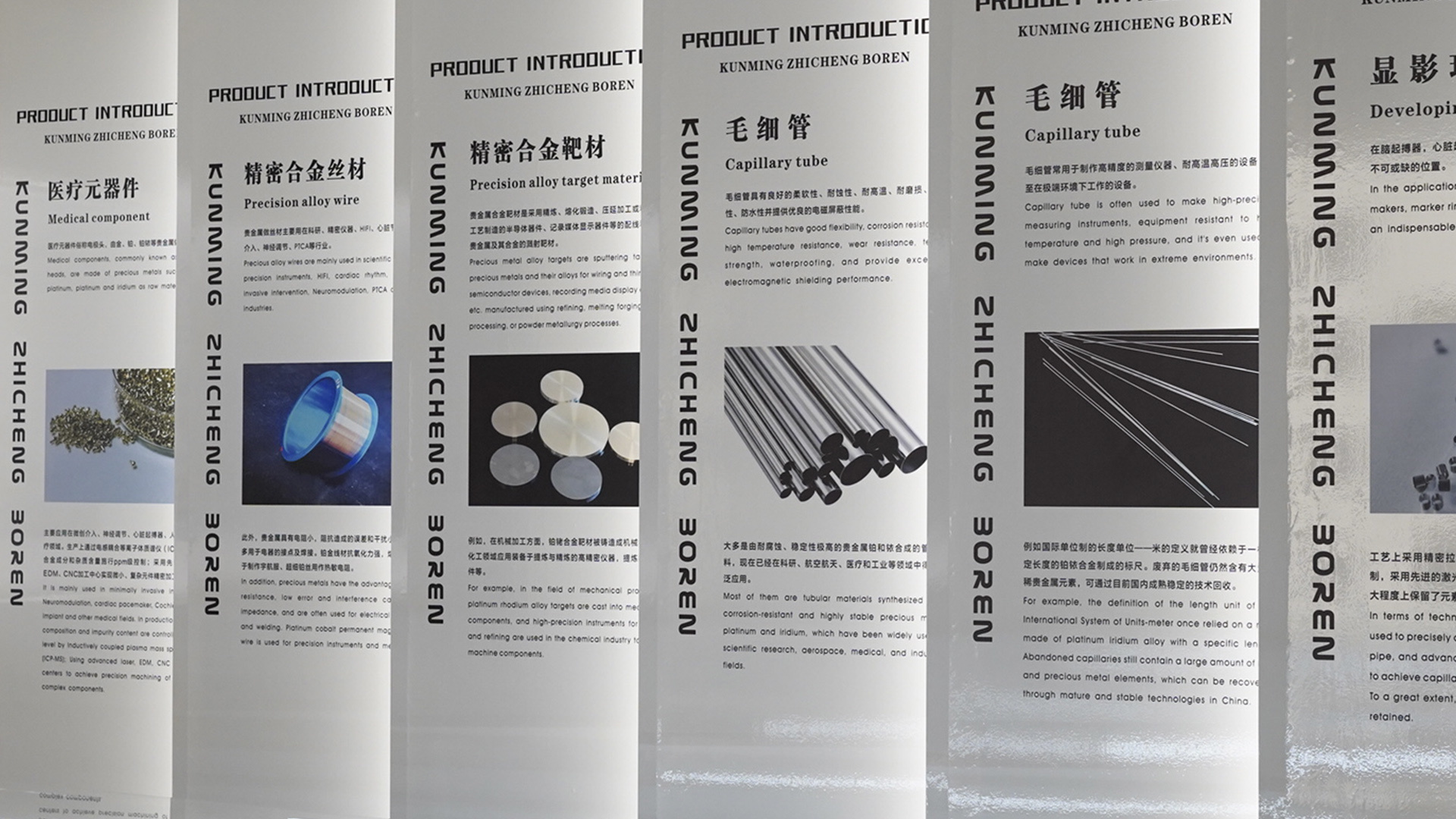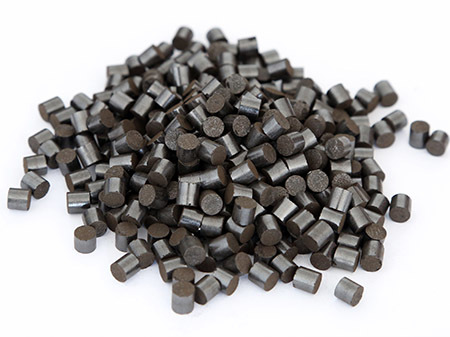News Center
What is the key step in the regeneration of precious metal honeycomb ceramic catalysts?
Catalytic combustion technology (including RCO/CO) is currently one of the effective technical means for treating VOCs. The design and synthesis of precious metal honeycomb ceramic catalysts is the key to catalytic combustion technology. Precious metals have attracted widespread attention from researchers due to their excellent low-temperature catalytic activity and stability. Because precious metals are expensive and scarce, to improve their utilization efficiency, they are usually loaded onto a carrier to obtain supported precious metal honeycomb ceramic catalysts.
2023-03-23
The principle of action of adsorbents
Principle of flocculation: When PAM is used for flocculation, it is related to the surface properties of the flocculated species, especially the zeta potential, viscosity, turbidity, and the pH value of the suspension. The zeta potential on the surface of the particles is the reason for particle aggregation. Adding PAM with opposite surface charge can reduce the zeta potential and promote aggregation.
2023-03-23
What is the role of a catalyst?
A substance that can change the rate of a chemical reaction (both increasing and decreasing) without altering the chemical equilibrium, and whose mass and chemical properties remain unchanged before and after the chemical reaction, is called a catalyst (solid catalysts are also known as promoters). According to statistics, catalysts are used in over 90% of industrial processes.
2023-03-23
What is a catalyst? What are the basic properties of a catalyst?
The composition, chemical properties, and quality of the catalyst itself do not change before and after the reaction; its relationship with the reaction system is like that of a lock and key, exhibiting a high degree of selectivity (or specificity). A catalyst does not catalyze all chemical reactions; certain chemical reactions do not have only one unique catalyst.
2023-03-23
Why do precious metal particle catalysts become deactivated?
Before regenerating deactivated precious metal particle catalysts, it is necessary to study and analyze the reasons for their deactivation. By testing various physicochemical properties of the deactivated catalyst samples (including component content, specific surface area, porosity, pore size distribution, crystal structure, strength, activity, etc.), the intrinsic reasons for the deactivation of the precious metal particle catalysts can be confirmed, providing a basis for catalyst regeneration.
2022-12-22








